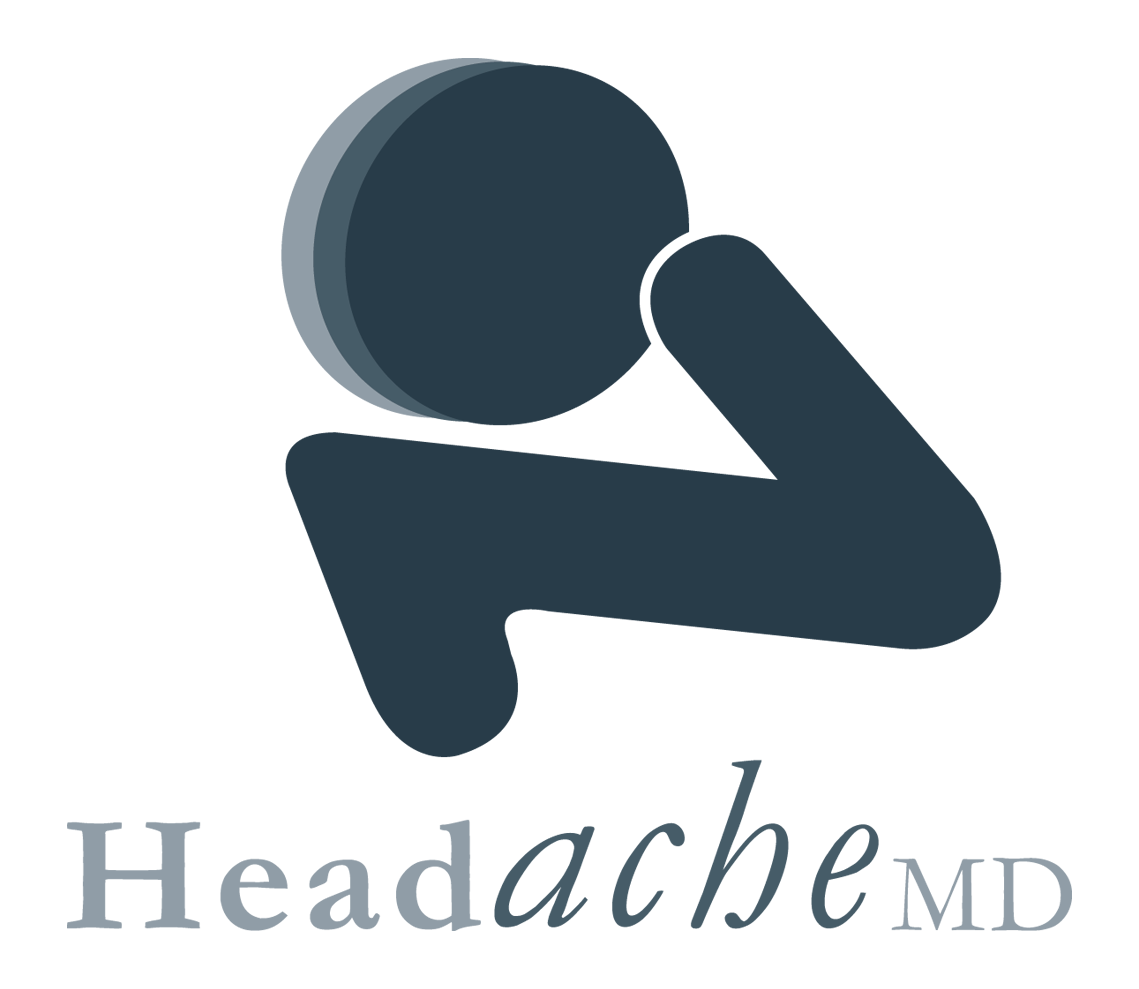Parents are understandably concerned when their children report frequent bursts of headaches and perhaps even migraines. These health conditions can adversely affect the quality of life among affected individuals but children arguably suffer more because of their lack of appropriate understanding about their symptoms, causes, and treatments. Parents must then take it upon themselves to learn more about headaches and migraines in children.
Common Incidence
Unfortunately, headaches are also very common occurrences in children and adolescents. In a scientific study, 5 percent of all children and adolescents have suffered from the symptoms of migraines while 15 percent have experienced tension headaches.
Approximately 20 percent of adults who have recurring headaches assert that their headaches started before the age of 10. Yet another 50 percent report experiencing recurrent headaches before reaching the age of 20, thus, proving that adult headaches usually have roots in childhood headaches.
Also, children and adolescents suffer from the same types of headaches that adults do. These types include tension headaches, sinus headaches, and migraines, all of which have similar causes, symptoms and treatments in both kids and adults.
Possible Causes
Most cases of headaches in children are due to the following factors:
- Illness
- Infection like sinusitis (inflammation of the sinuses), otitis (inflammation of the ear), and pharyngitis (inflammation of the throat)
- Fever
- Cold
In the case of migraine, studies have discovered that an estimated 70 percent of children and adolescents with the medical condition have an immediate family member (i.e., parent) who either suffered from it in childhood or suffers from it at present. These young individuals are also more likely to inherit similar migraine triggers like bright lights, fatigue, and changes in weather conditions as well as changes in routine, food additives, and certain foods.
Diagnostic Procedures
Fortunately, there is a bright side to headaches and migraines in children and adolescents – when the correct headache diagnosis is made by a qualified doctor, an effective treatment plan can be implemented as soon as possible. The diagnostic procedures performed by doctors on adult patients are similar to those performed for young patients with perhaps a few tweaks to account for the differences in maturity level (i.e., level of understanding).
- Complete physical examination including taking down notes on the child’s history of headaches such as the frequency, severity and duration of the symptoms. The parents are well advised to make a headache diary in behalf of their young kids to aid in the headache evaluation.
- Imaging technology like CT scan or MRI scan will be performed to determine the brain’s structure and to rule out any underlying medical conditions like tumors, infections and hemorrhages.
Keep in mind that you must never wait for your child’s symptoms to become worse before seeking medical advice from a pediatrician or a neurologist. For example, tension headaches that worsen over time can be the symptom of an underlying diseases like hydrocephalus, infections of the brain (i.e., meningitis), and tumors, among others.
But when the pediatrician determines that the headaches are just that – headaches with no underlying medical condition – then your child can undergo treatment. Said treatment can include medication, stress management, changes in diet and lifestyle habits, and biofeedback.
